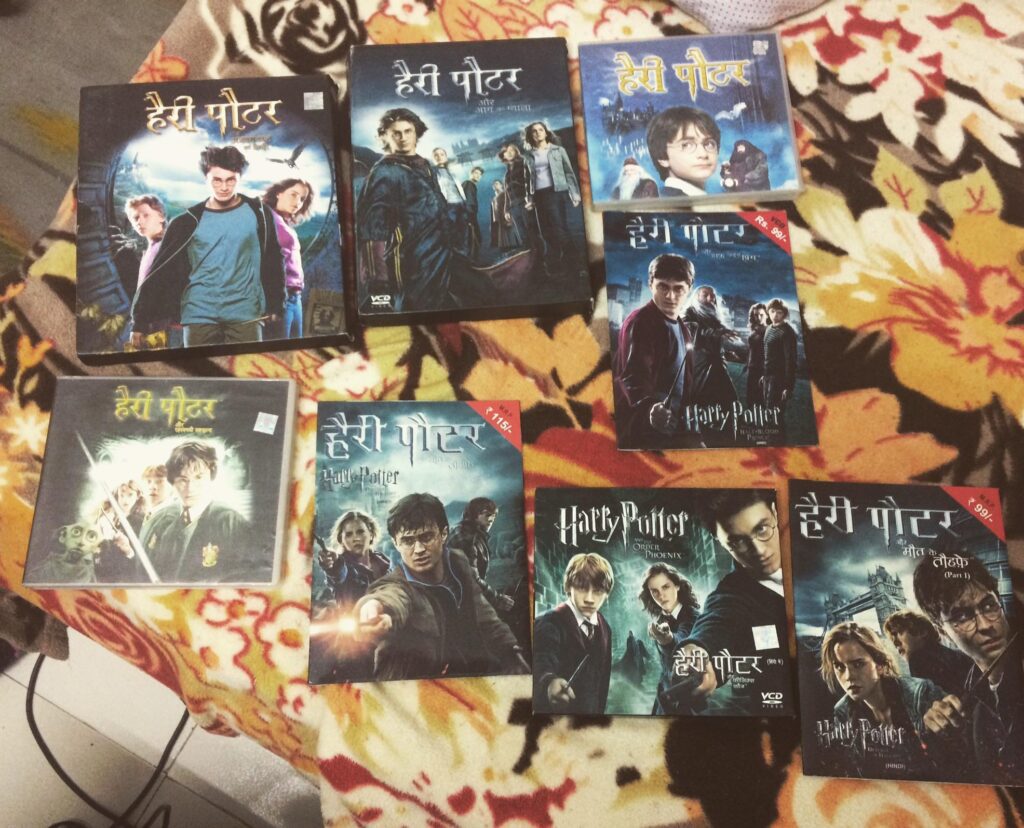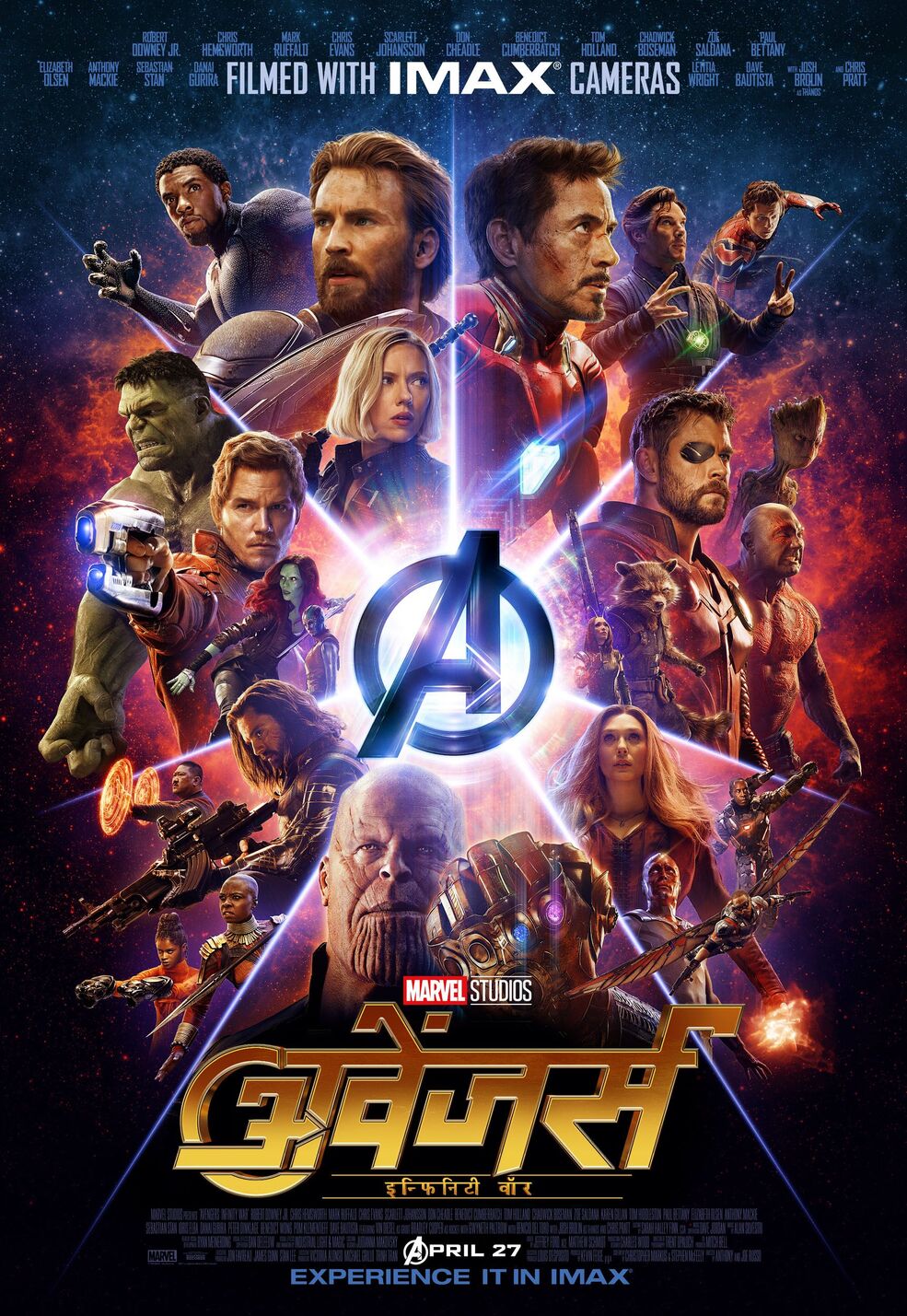Recently one of my friends asked me, “Soumya, you being from Odisha, how did you learn Hindi?” I replied, “By watching cartoons – Dexter, Courage, Powerpuff Girls, etc.” My North Indian friend burst into laughter at this. It was funny because it was true.

This reminded me of the summer of 2004 when my father had brought home the DVD of Harry Potter and the Sorcerer’s Stone. The audio was in English, and so I couldn’t understand a single word of it and developed a dislike towards it. It was not until the summer of ’06 when I rediscovered Harry Potter on POGO, but this time in Hindi. That day I was shocked. How was I skipping this my whole life? That day marked the beginning of an ignorant child’s lifelong love affair with the Potter Universe. And it all happened because I could understand what was going on on the screen, because finally, it was in a language I was familiar with.

I still find enormous pleasure in chanting nirashtra bhava (stupefy), prakashit bhava (lumos), asta bhuja bhasmam, and the best of all, tutam, jodam (Lockhart rocks).

Like most children of my age, I was introduced to Hollywood movies primarily by those dubbed ones on SET MAX. The first movie that was dubbed into Hindi (also in Tamil and Telugu) for a theatrical release in India was Spielberg’s blockbuster Jurassic Park, which came 10 months after its US release in 1993. Jacinto Fernandes, the marketing head of Universal Studios said, “It was a landmark release for us. The Hindi market was huge and the best way to reach out to the audiences was to serve them in their own language.” Not only did Jurassic Park manage to smash the box office, earning nearly 19 crores in its 25-week run, it also paved the way for the following Hollywood releases for the Indian audience, now in their own language, thus accumulating a much wider reach.

Why do we inherently enjoy content in our own language to an extent like no other? Because it gives us a sense of belonging, a touch of nostalgia. Because it is as soothing as home, an Udit Narayan song you can fall back to in the worst of your days. A joke in our mother tongue always guarantees the biggest laughter.

The greater barrier while watching foreign content is cultural rather than lingual. For instance, in Avengers: Infinity War when Star-Lord calls Thanos Grimace (a bald purple character used in McDonald’s ads in the U.S.A.), the general Indian audience (also English-speaking) might have gotten confused. But in the Hindi version, when he was referred to as, “Oye, baingan kahin ke,” the audience around me in the theater cracked up. Similarly, the movie Footloose reference is changed to ABCD: Any Body Can Dance. When Thor mentions the Avengers being Earth’s mightiest heroes, Mantis asks, “Like Kevin Bacon?” is changed to “Jaise Sunny Paji?” for a more vernacular audience.

It is not that the dubbing always changes the whole thing. Sometimes, the people in charge, keeping in mind the impact of a sentence, keep it as it is. A great example of it is when me and my brother were watching 300 in Hindi, and were ready to hurt our ears and emotions with the God knows what translation of the iconic “This is Sparta!” However, to our utter surprise, Leonidas kicked the Persian messenger while shouting “This is Sparta!” No changes.

Yes, dubbing sometimes takes away the fun of the ‘original’ dialogues, and the debate of dubbing versus subtitles is as unresolved as Messi versus Ronaldo, but it’s always a great pathway to discover uncharted territories. Because every time I see something horrifying in the dark, the first word from my mouth is, Pitradev sanrakshanam.

















